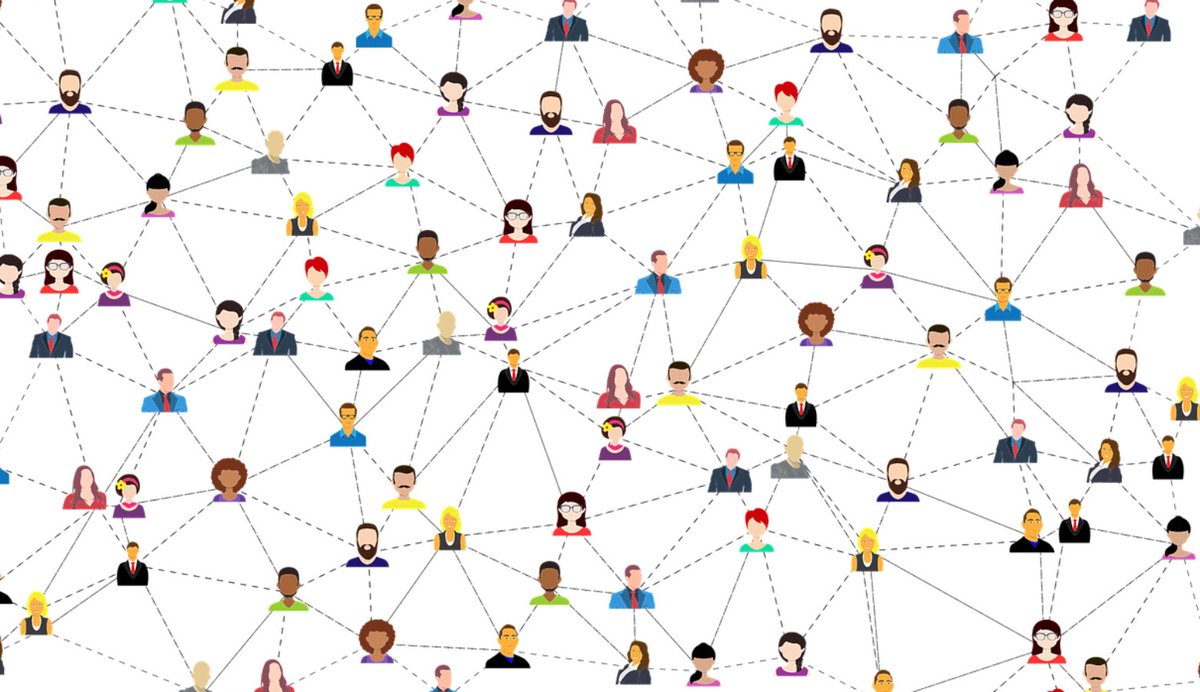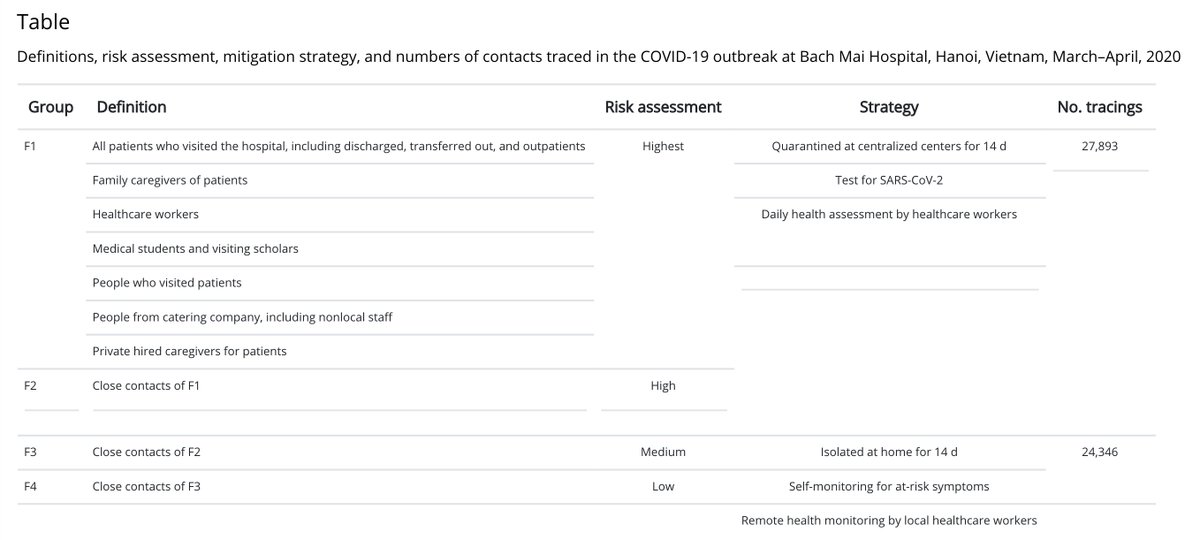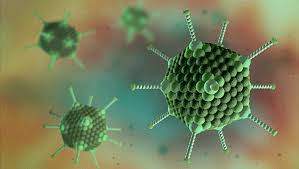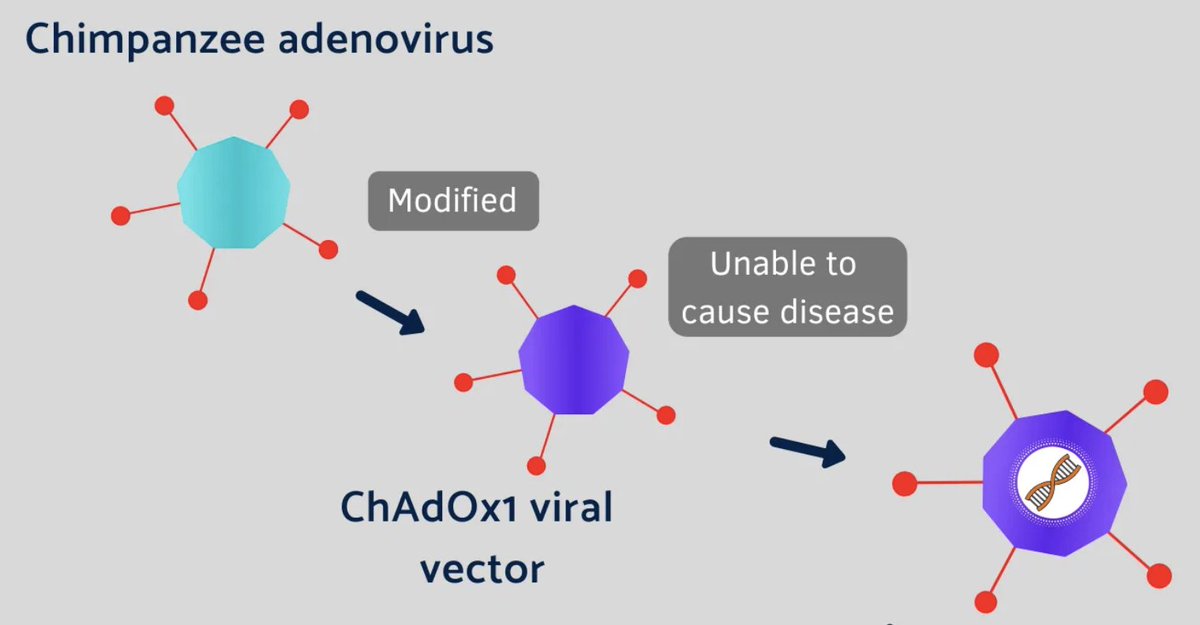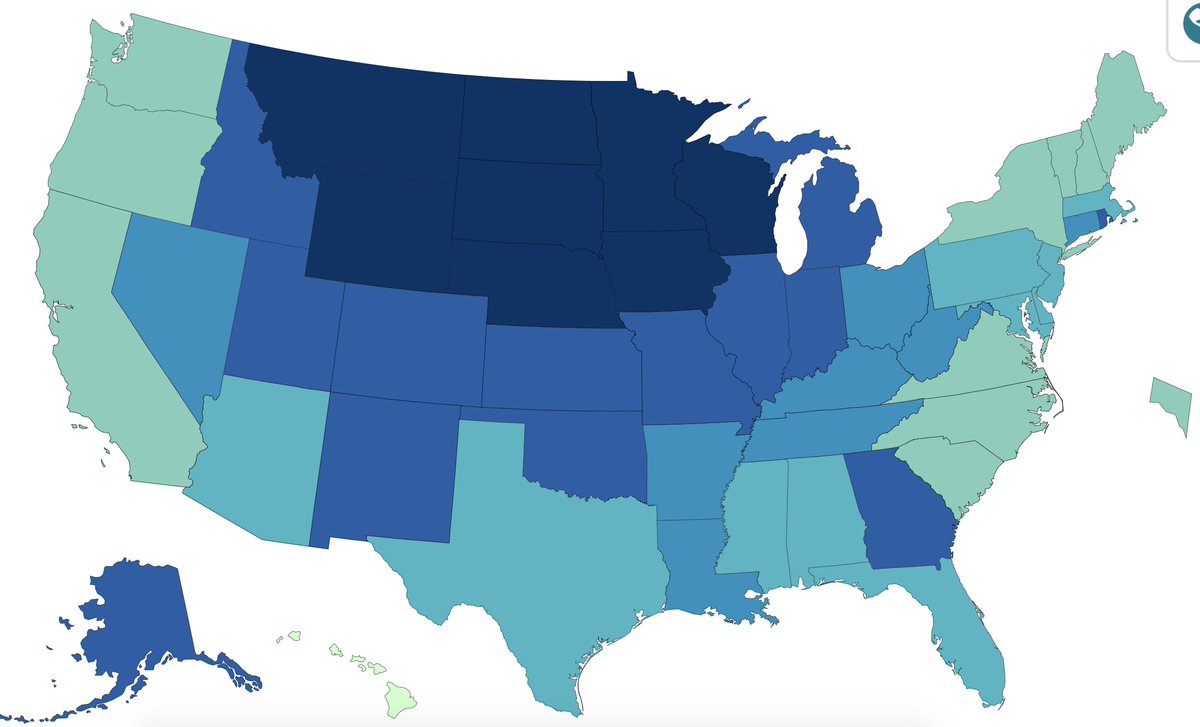
1/Suspected #SARSCoV2 reinfection in Peru🇵🇪: symptomatic 42yr old tested positive in June, but did not develop pneumonia (Row A👇). She improved, symptoms resolved. Then in October, she presented w/symptoms again, tested positive, this time had lung lesions w/pneumonia (Row B)🧵 

2/case highlights there are far more reinfections than confirmed. Bar to establish reinfection is high: requires genetic sequencing of viruses to rule out single continuing infection but only small # of samples are sequenced/stored for future purposes like confirming reinfection.
3/For instance, at the GISAID international database of SARS-CoV-2 genetic sequences, there are only 385 virus🧬sequences from Peru, but the country has reported about 1 Million cases, so only 0.04% of cases have been sequenced.
4/"Expanding knowledge about reinfection would help the population maintain control measures, thus reduce the proportion of the population reinfected and the possibility of presenting complications of the disease in its second episode."
sciencedirect.com/science/articl…
sciencedirect.com/science/articl…
• • •
Missing some Tweet in this thread? You can try to
force a refresh

